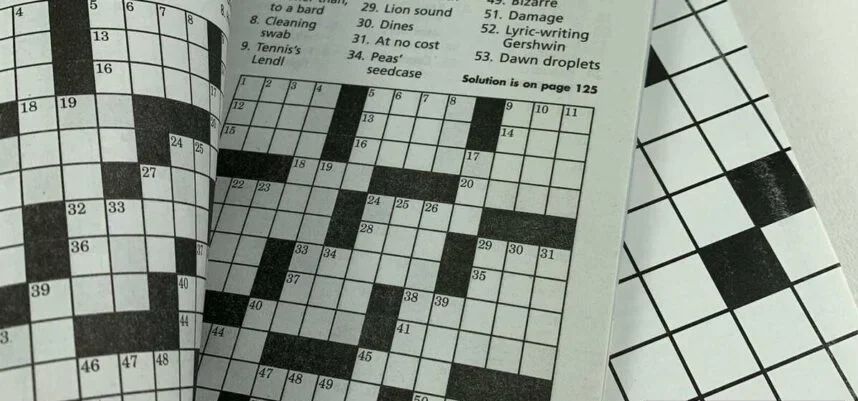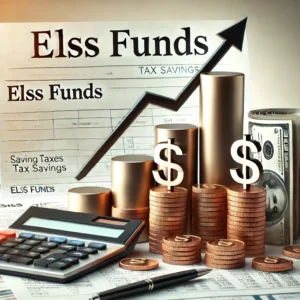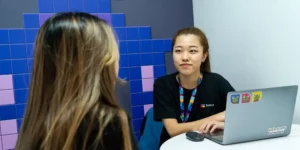Like Documents in Microsoft Word NYT Crossword Clue & Answer

Like Documents in Microsoft Word NYT Crossword Clue & Answer
The New York Times crossword puzzle has become a beloved ritual for many. Whether you’re sipping coffee on a lazy Sunday or commuting to work, tackling the daily clues offers a delightful mix of challenge and fun. Among its cleverly crafted puzzles lies an intriguing clue: “Like documents in Microsoft Word.” If you’ve found yourself stumped by this particular hint, you’re not alone. Crossword enthusiasts know that every clue is like a puzzle piece waiting to be discovered. Let’s dive into what this specific clue might mean and explore strategies that can help you unlock even the trickiest of crossword conundrums.
Explanation of
The clue “like documents in Microsoft Word” often leads puzzlers on a search for specific terms associated with the software.
When thinking about Word, many features come to mind. One of those is “editable.” This describes how you can manipulate text and images within a document.
Another fitting answer could be “digital,” reflecting how these files exist in electronic form rather than printed paper.
Both options highlight characteristics inherent to Microsoft Word documents, inviting players to think creatively. Other potential answers might include “formatted” or even “template,” expanding the range of possibilities based on the number of letters required.
Understanding the context behind the clue enriches your solving experience and sharpens your wordplay skills for future puzzles.
Possible solutions for the clue based on word length and other hints in the puzzle
When tackling the NYT crossword clue “like documents in Microsoft Word,” it’s essential to consider both word length and context.
Typically, this clue hints at formats associated with Word files. A common answer could be “DOCS,” which fits neatly into a four-letter slot.
If the space allows for five letters, “FILES” might pop up as an option too. Both terms evoke familiarity with how we interact with digital documents.
Pay attention to intersecting clues as well; they can offer vital hints or confirm your guesses. The surrounding words often provide context that helps narrow down choices.
Wordplay is prevalent in crosswords, so think outside the box! Sometimes synonyms or related terms might surprise you and lead to unexpected solutions. Keep an open mind while piecing together these puzzles—it’s part of the fun!
Strategies for solving crossword puzzles and deciphering tricky clues
Crossword puzzles can be a delightful challenge. To tackle them effectively, start by scanning the entire grid. Look for easy clues to fill in first; these will help unlock more difficult ones.
Consider the word lengths provided for each clue. A three-letter answer is likely going to be different from one with seven letters. Use this information smartly.
Don’t hesitate to think outside the box when deciphering tricky clues. They often involve puns or double meanings. If you see a clue that seems odd, it might not mean what you expect.
Familiarizing yourself with common crosswordese—words frequently used in puzzles—will also give you an edge. Abbreviations and proper names come up often and are worth remembering.
Keep practicing! Over time, your skills will sharpen, making even the toughest clues feel manageable.
Similar themes and wordplay used in other NYT crossword puzzles
The NYT crossword is known for its clever wordplay and thematic clues. Puzzles often feature puns, homophones, and double meanings that keep solvers on their toes.
For instance, themes might revolve around pop culture references or notable historical events. You may find a grid filled with words related to movies or songs from a particular decade.
Sometimes the clues play with language itself. For example, you might encounter phrases where synonyms dance together in unexpected ways. A clue like “Noteworthy change” could lead to something as simple as “note.”
Themes can also weave through the entire puzzle, creating layers of meaning that add depth. This intricate design captivates solvers and encourages them to think outside the box.
Wordplay varies widely but always aims to tickle your brain while keeping it fun and engaging. Each puzzle presents a new challenge worth exploring further!
Benefits of regularly playing crossword puzzles for cognitive health and enjoyment
Regularly tackling crossword puzzles can significantly boost cognitive health. Engaging with these word games stimulates the brain, enhancing memory and problem-solving skills.
As you fill in the blanks, you’re not just seeking answers; you’re exercising your mind to think critically and creatively. This mental workout helps keep the brain sharp as we age.
Moreover, crossword puzzles offer a delightful blend of challenge and entertainment. They encourage learning new vocabulary while improving language skills without feeling like homework.
The sense of accomplishment that comes from solving even the trickiest clues sparks joy and satisfaction. Sharing this experience with friends or family can turn it into a social activity, enhancing relationships while stimulating mental agility.
Incorporating crosswords into your daily routine fosters discipline and patience too. Embracing this habit may lead to greater resilience against cognitive decline over time.
Conclusion: The NYT crossword puzzle is a challenging yet
The NYT crossword puzzle is a challenging yet rewarding experience for many enthusiasts. It sharpens your mind and provides a sense of accomplishment with every completed grid. As you navigate through clues like “like documents in Microsoft Word,” you engage not only with language but also with logic and creativity.
Whether you’re solving alone or sharing the experience with friends, these puzzles offer an enjoyable break from daily routines. The thrill of finding that perfect answer makes it all worthwhile. So grab your pencil, dive into today’s puzzle, and see how many clues you can conquer!







